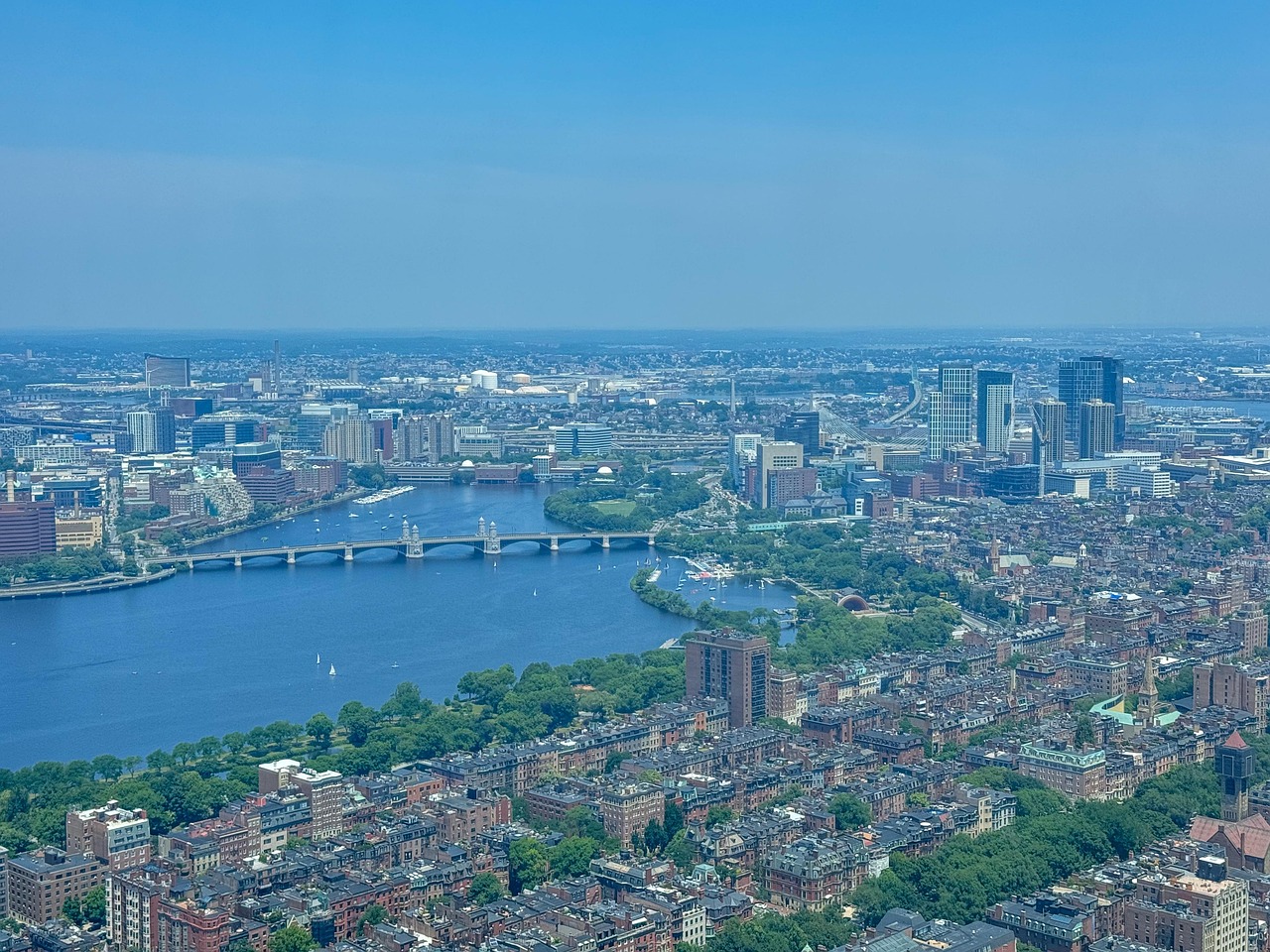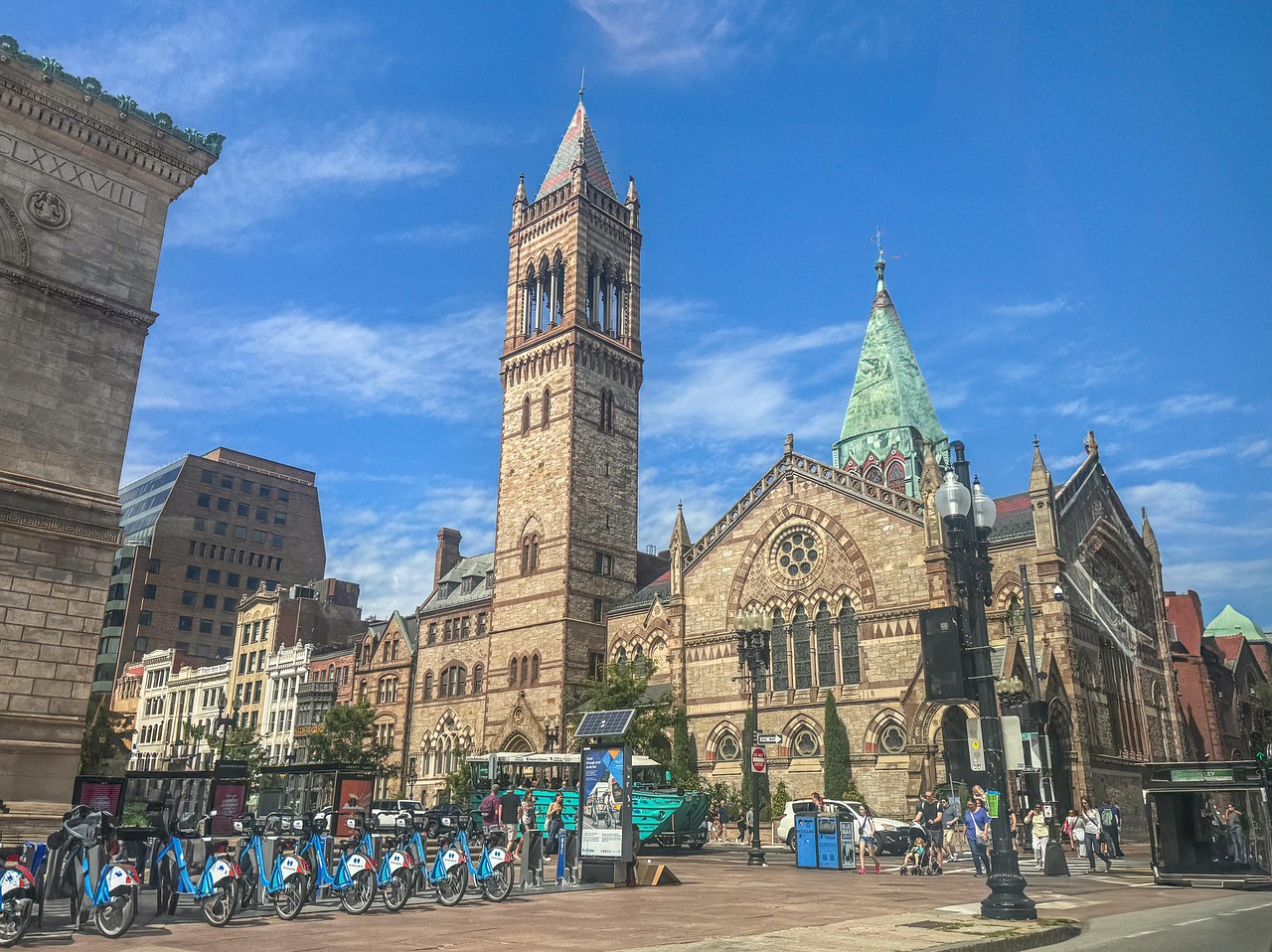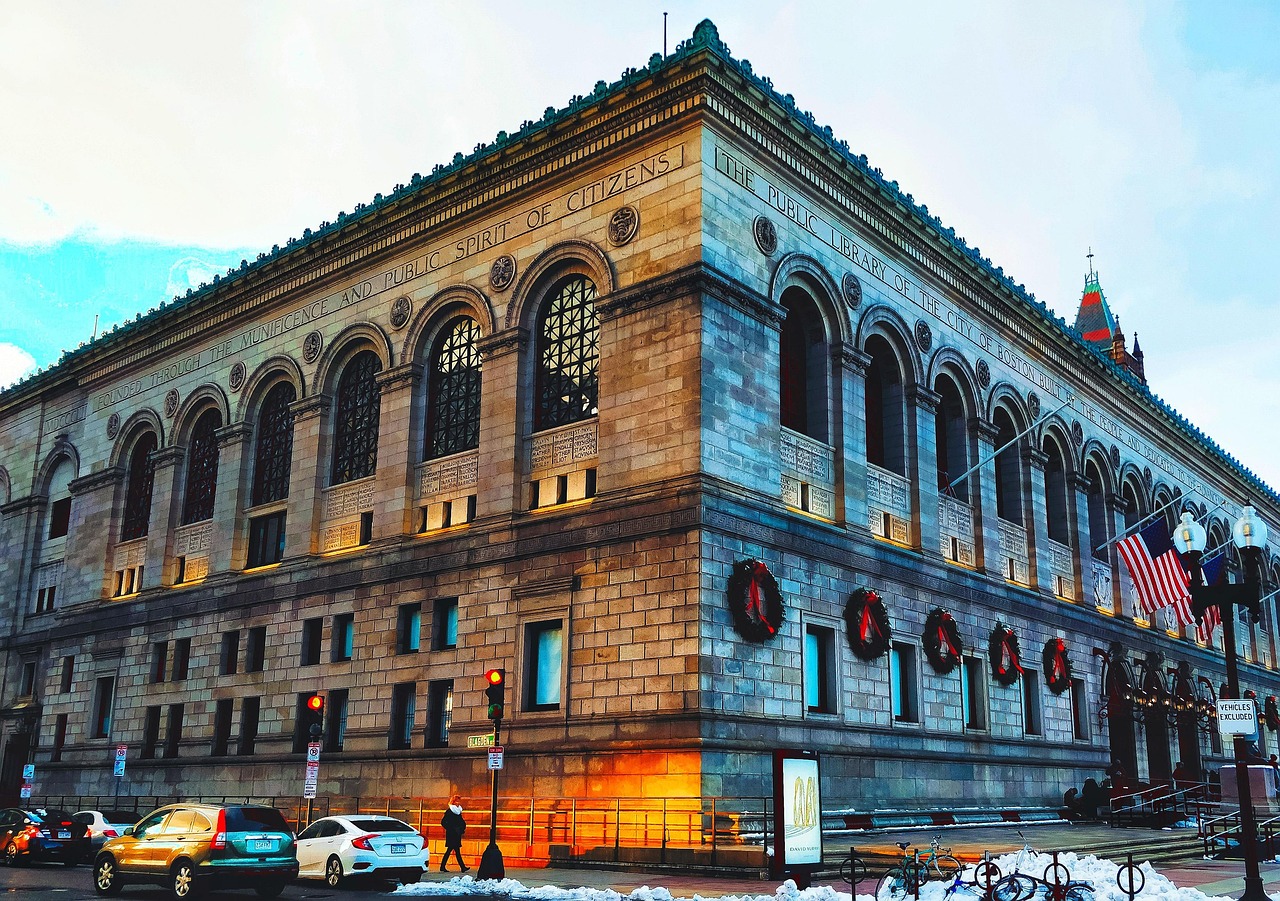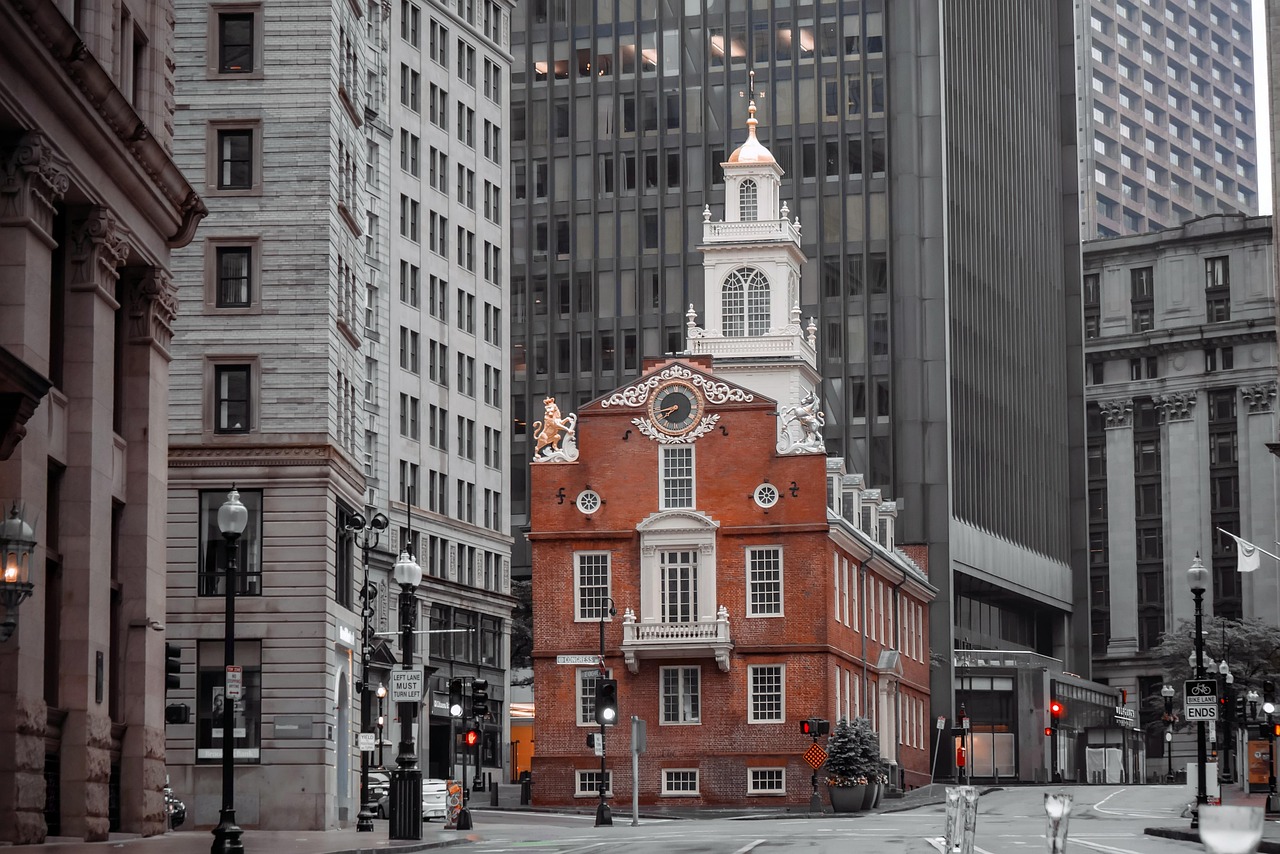Boston is one of those cities where nature, heritage, and modern life merge in every cobblestone, park, and skyline view. It’s not a national park, but walk its neighborhoods long enough and you’ll sense the threads of the past—and the pulse of the future. This is a place where the Revolutionary spirit still hums in the air, where salt spray from Boston Harbor kisses your face, and where every corner has a story to tell.
Quick Facts
-
Location: Eastern Massachusetts, on the Atlantic coast
-
Founded: 1630
-
Population (approx.): 700,000 in the city proper; over 4 million in the metro area
-
Climate: Four seasons—winters cold and snowy, summers humid and lively
-
Major Districts: Back Bay, Beacon Hill, North End, South End, Fenway, Charlestown

Why Boston Exists—And Why It Still Matters
Boston was born of necessity and defiance. Settlers built it on a peninsula—the Shawmut Peninsula—so they could defend themselves from Native and colonial rivals. Over centuries, the city grew through trade, shipbuilding, intellectual life, and revolution. Boston played a central role in America’s founding—from the Boston Tea Party to the battlefields of Concord and Lexington. Today, its legacy continues in universities, medical innovation, and a diverse community that draws talent and ideas from around the world.
The harbor and rivers that once powered mills and trade are now venues for pleasure boats, ferries, and environmental restoration projects. Boston is a city that reinvents itself without erasing its roots.
Highlights of Boston: Walk, Sip, Experience
1. Freedom Trail & Historic Core
This 2.5‑mile red-brick route stitches 16 historically significant sites through downtown—Boston Common, State House, Paul Revere’s House, Old North Church, Faneuil Hall, and more. You walk not just through space, but through time.
2. Beacon Hill & Back Bay
Beacon Hill is postcard-perfect: narrow streets, gas lamps, and Federal‑style row houses. Back Bay, just over the Common, is grand—beautiful Gilded Age mansions, Boston Public Library, and the shimmering spine of Commonwealth Avenue. Stand on the Boston Public Garden’s lagoon and watch swans glide by—that’s as city‑nature as it gets.
3. The Harbor & Islands
Hop on a ferry to the Boston Harbor Islands—spectacular urban nature just minutes away. Spectacle Island’s trails, Fort Warren on Georges Island, and views of the city skyline remind you Boston is both city and seascape. Even the Harborwalk along the waterfront offers fresh air and shifting light.
4. Museums & Academic Gravity
You’re in one of America’s intellectual capitals. The Museum of Fine Arts, Isabella Stewart Gardner, the Institute of Contemporary Art—they all matter. Walk through Cambridge and you’ll feel the intellectual pressure of Harvard, MIT, and a host of think tanks and startups fueling innovation.
5. Food, People, Neighborhoods
The North End (Little Italy), Chinatown, Roxbury, Dorchester, the South End with its artsy vibe—each neighborhood tells a different Boston story. Eat an espresso and cannoli in the North End, duck into hidden pubs in the South, or stroll Jamaica Plain’s Emerald Necklace. The food scene is top-tier—from lobster rolls to cutting-edge fusion.

Tips for Visiting—and Living—Boston
-
Seasons matter. Boston is stunning in spring and fall. Winters are cold and snowy; summers are sticky but alive with festivals and outdoor dining.
-
Public transit is your friend. The MBTA (“the T”) is essential—subways, buses, ferries. Cars are more a burden than an asset downtown.
-
Walk everywhere. The old streets can’t conform to big cars; narrow alleys, hidden passages, pedestrian shortcuts abound. You’re better off on foot.
-
Respect the layers. Boston is many Bostons: the wealthy enclaves, working-class neighborhoods, immigrant communities. Listen to local voices; the city isn’t a monolith.
-
Plan ahead for history. Many sites require timed tickets or limited entry. Book your Freedom Trail tours, museums, and Harvard walking tours in advance.
Final Thoughts: A City That Breathes Its Past
Boston isn’t perfect. Traffic, gentrification, housing costs—they all sting. But the city’s strength lies in its ability to be both forward and backward-looking. You can feel centuries in its bricks, see tomorrow in its labs, and hear stories in every passerby.
If you want a city where nature meets architecture, where revolution met scholarship, and where every corner seems to be whispering “remember me,” Boston is waiting.




